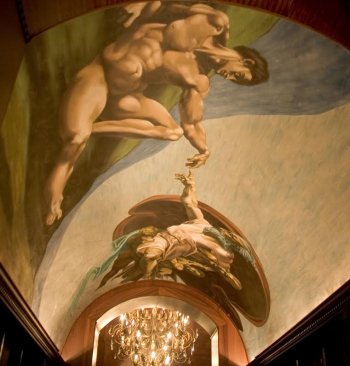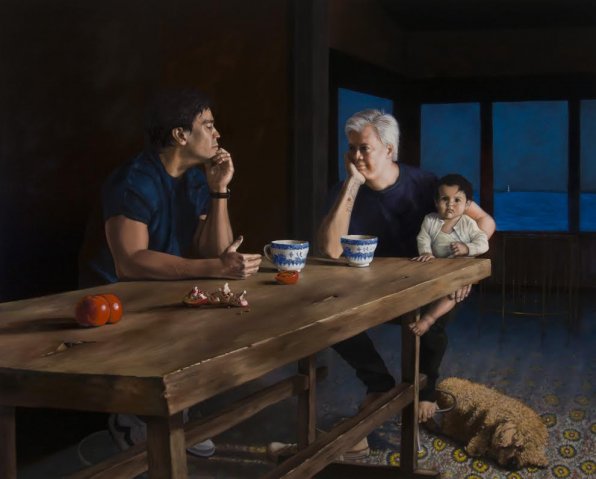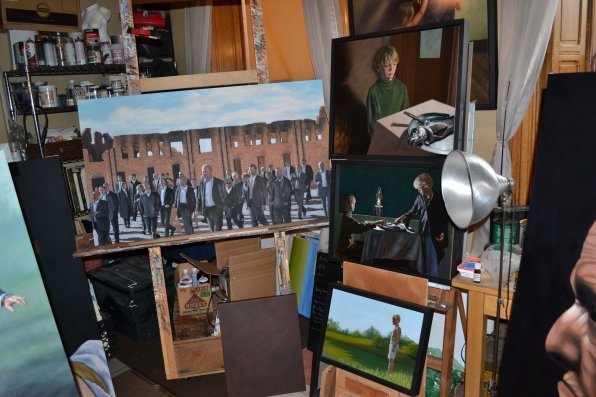Warning: Use of undefined constant large - assumed 'large' (this will throw an Error in a future version of PHP) in /srv/users/serverpilot/apps/concord-insider-wordpress/public/wp-content/themes/Nexus-child/functions.php on line 154
Warning: Use of undefined constant large - assumed 'large' (this will throw an Error in a future version of PHP) in /srv/users/serverpilot/apps/concord-insider-wordpress/public/wp-content/themes/Nexus-child/functions.php on line 154
Warning: Use of undefined constant large - assumed 'large' (this will throw an Error in a future version of PHP) in /srv/users/serverpilot/apps/concord-insider-wordpress/public/wp-content/themes/Nexus-child/functions.php on line 154
Warning: Use of undefined constant large - assumed 'large' (this will throw an Error in a future version of PHP) in /srv/users/serverpilot/apps/concord-insider-wordpress/public/wp-content/themes/Nexus-child/functions.php on line 154
Chris Pothier is a people person.
Always has been, always will be. He’s so fascinated by people that he will sit in one spot for hours and just observe. He’s even been known to take photographs of unsuspecting souls, sometimes up to 500 in a given day. But don’t worry, this is all done in the interest of gathering information. Cause you see, what Pothier loves the most about people, is painting them.
Using them to tell a story is something that has always intrigued him. Pothier’s just fascinated with the human condition and enjoys studying the psychology of people. Guess it’s a good thing he is what people call a figurative painter.
“I’m really curious about large groups of people in one area and what they’re doing,” Pothier said. “And ultimately the figure is what I’ll always be in to. I want to paint people how they are.”
Sometimes he will use a specific photograph for a painting (which is why he takes so many trying to get the right one), while other times he will blend multiple pictures to create one image. It really depends on what he’s trying to accomplish.
One piece Pothier is currently working on and has been for a couple years is a large group of people – and we’re talking in the hundreds – all starring at something. But looking at it you would never known that each person in the 56 by 34 inch painting (that’s if you’ve seen it) is from a different photograph. The idea actually originated in 2004, but Pothier spent years exploring and researching it until it felt right. That’s why it’s 10 years in the making. It’s not easy getting that many people from different real life situations to look as though they belong together. But somehow Pothier has been able to accomplish the feat, mostly using one of the tiniest brushes you will ever see.
What you don’t see in the painting is what everyone is looking at and that’s one of Pothier’s main missions with his work. He wants you to look at his paintings and think. Each painting has a story, and it’s up to you to decide what it is.
“I like to keep them a little ambiguous because it lets the viewer put their own interpretation on top of it,” Pothier said.
It wasn’t until he was 18 that Pothier realized his passion and talent for painting. He originally went to school for philosophy, but soon he noticed all his ideas were in a visual sense. And as most of you know that’s great when it comes to producing art.
“The first time I used oil paint I felt like I knew what I was doing in a way,” he said.
Pothier was a self described studio rat at UMass-Amherst. After graduating, he took a construction job in Boston to make money, but it wasn’t long before he made the decision to become a full-time artist. One morning after opening up the job site, Pothier tossed the keys on the floor and left. Since then, art has been his life’s work.
“The greatest thing about it is that I’ll be doing this for the rest of my life,” Pothier said. “And it doesn’t feel like work.”
Pothier also has conflicting views when it comes to his profession. On one hand, the flexible hours allow him to be home for dinner each night with his wife and three boys. But on the other hand, spending up to 12 hours a day in his Kimball-Jenkins studio means his days don’t end sometimes until the wee hours of the morning.
“It’s probably the greatest job in the world and the worst job in the world,” Pothier said. “To be able to do what you love is a great luxury, but to have everything riding on you is when the pressure comes in.”
But when Pothier decided to become a working artist 15 years ago, he signed up for the all-in approach. He knew it would mean doing whatever it took to support his family.
“I’m slightly obsessed by it and I think you need to be,” he said.
Since Pothier works exclusively in oil and without the use of a drying medium, days will go by before he can revisit a piece. That’s why some paintings take more than a year to finish – and also because he’s a perfectionist who happens to use brush strokes that are hard to notice for the average person.
“You’ll work on an area and you’ll have to let it dry before you can work on it again and that can take three to five days,” Pothier said. “So I’m always doing a couple pieces at a time. You’re always kind of shifting and moving.”
Typically, Pothier uses panels for his work. He sketches everything out and uses burnt umber for the dark parts and white for the lights. It takes layers upon layers of paint to get the colors just right. And with Pothier wanting each stroke to be just right you can see why it can take a while to complete.
“I don’t want to be like a manufacturer,” he said. “I want everything to be completely authentic. It’s a reflection of you.”
Right now he’s working on his solo show for the year, slated for Labor Day weekend at Bowersock Gallery in Provincetown, Mass. He’ll have about 15 pieces on display and it’s where a lot of his sales will come from. He starts with many of the bigger pieces and then mixes in the smaller, less time consuming ones.
“I have to put in my work every week to get ready for the exhibition,” Pothier said. “I’ve sold most of my paintings through gallery sales, but to be honest there’s not a large market for figurative paintings.”
He also does commission work and participates in smaller group shows throughout the year, but this will be the one to highlight all his recent work. Pothier also spends time teaching young artists, doing so in the past at St. Paul’s School, the New Hampshire Institute of Art, UMass-Lowell and currently at Kimball-Jenkins.
In the end, Pothier just wants to create a piece of art that someone’s going to want hanging on their walls. And when that happens, the decision to be a working artist seems to be the right one.
“When you’re making a painting, you have no idea if it will ever sell,” he said. “It’s a long, long road.”
To see more of Pothier’s work, visit cwapothier.com.

























